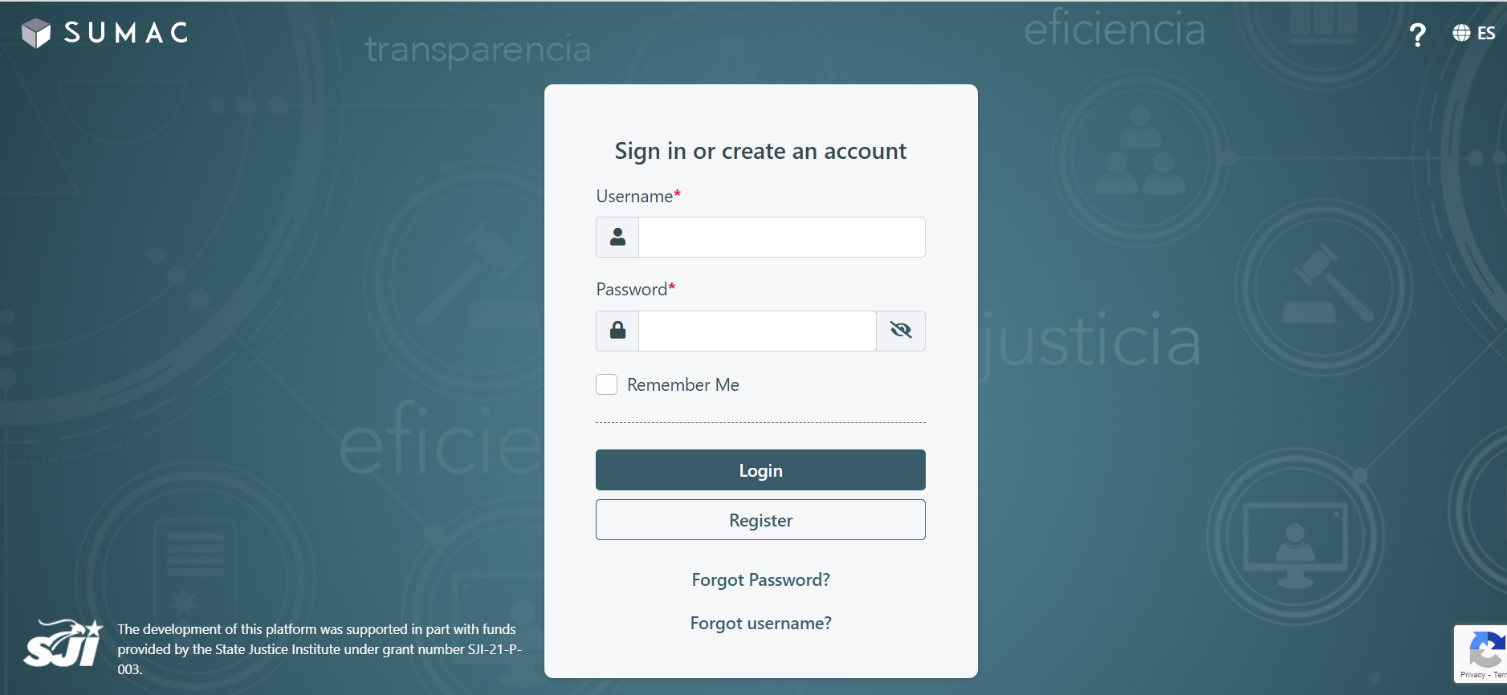During the pandemic, the Puerto Rico Office of Courts Administration (OCA) created an email account through which self-represented litigants (SRLs) seeking an emergency restraining order, a temporary detention or an involuntary admission order related to the Mental Health Code could file their petition to the Municipal Court. SRLs could download, complete, and submit the applicable form through the designated email account. SRLs were given the option of attending the hearing through video conference. This system enhances access to justice and expedited the presentation of emergency resources at the Municipal Court level. Due to a considerable demand for the service, the Judicial Branch decided to institutionalize this effort by engaging in the development of a web-based application.
Under the leadership of the Deputy Court Administrator, the initial step was the establishment of a multidisciplinary court committee. Committee memberships included representatives from the Information Technology Directorate, the Directorate of Judicial Programs, (whose mission is to enhance access to justice for all, but specially for disfranchised communities), the Operations Directorate and the Office of Education and Community Outreach (EDUCO), among others. Subsequently, the Requirements Document was drafted to have a detailed roadmap of the legal and technical requirements the electronic application must fulfill. The software design and automatization component were outsourced to Rock Solid Technologies, who then appointed the software developers who would engage with the Judicial Branch’s committee in the development of the application. The application development required at least one weekly meeting among all committee members; and following meetings amongst court staff. The Court also appointed staff to oversee that the recommendations were incorporated into the application technical and design features.
View the detailed guide of the web-based application below:
The development of the web-based application has been a challenging and multidisciplinary effort because it requires bridging to distinct disciplines: the legal nomenclature and court paper-based administrative work procedures and its engineering into an electronic software application. Achieving such requirements has been challenging because the application must be user friendly, easily comprehendible, and navigation intuitively. And, at the same, streamlining court forms information, while guaranteeing that legal evidence and procedural requirements are met. Nevertheless, the Judicial Branch is on its way to attaining its desired results: a web-based application that will enhance access to justice while broadening the sphere of population that can be serve.


